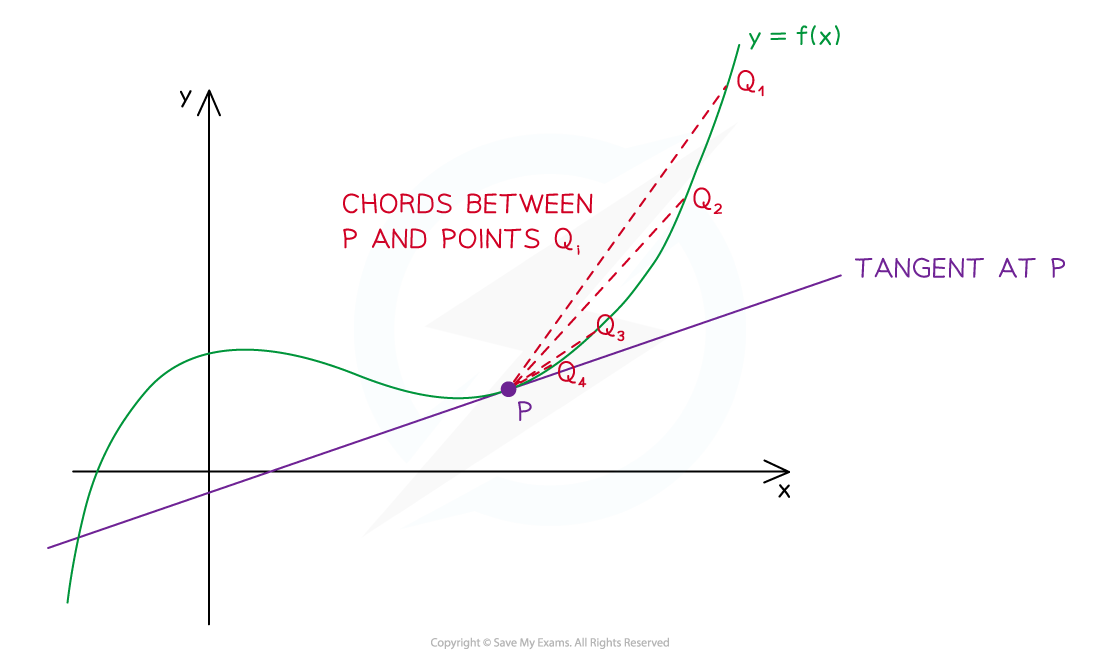Definition of Derivatives (Edexcel International AS Maths): Revision Note
Exam code: XMA01
Did this video help you?
Definition of derivatives
What is the derivative of a function?
Differentiation is an operation that calculates the rate of change of a function with respect to a variable
This means how much the function varies when the variable increases by one unit
To differentiate a function (f(x)) with respect to the variable x we use the notation
The result is called the derivative
What is the link between derivatives and gradients?
The rate of change of a function f(x) with respect to x can be thought of as the gradient function of the graph y = f(x)
We can write the gradient function (or derivative) as
or
The rate of change of a function (or the gradient of its graph) varies for different values of x
For a linear function f(x) = mx + c the gradient is constant
We can write this as
or
For the quadratic function f(x) = x² the gradient varies
Near the origin the gradient is close to 0
As x increases the gradient of the graph increases
How can I find the derivative of a function at a point?
The derivative of a function (or gradient of its graph) at a point is equal to the gradient of the tangent to the graph at that point
To estimate the gradient you could draw the tangent and calculate its gradient
To find the actual gradient at a point x
Pick a second point on the curve close to the first point (call it x + h)
Calculate the gradient of the chord joining the two points
Move the second point closer to the first point (make h get close to zero)
Examine what happens to the gradient of the chord
The gradient of the tangent will be the limit of the gradients of the chords
You do not need to remember this formula

Worked Example


Examiner Tips and Tricks
Deriving a derivative from scratch is not examinable
This revision note is intended to give you an understanding of what derivatives do
Ready to test your students on this topic?
- Create exam-aligned tests in minutes
- Differentiate easily with tiered difficulty
- Trusted for all assessment types

Did this page help you?